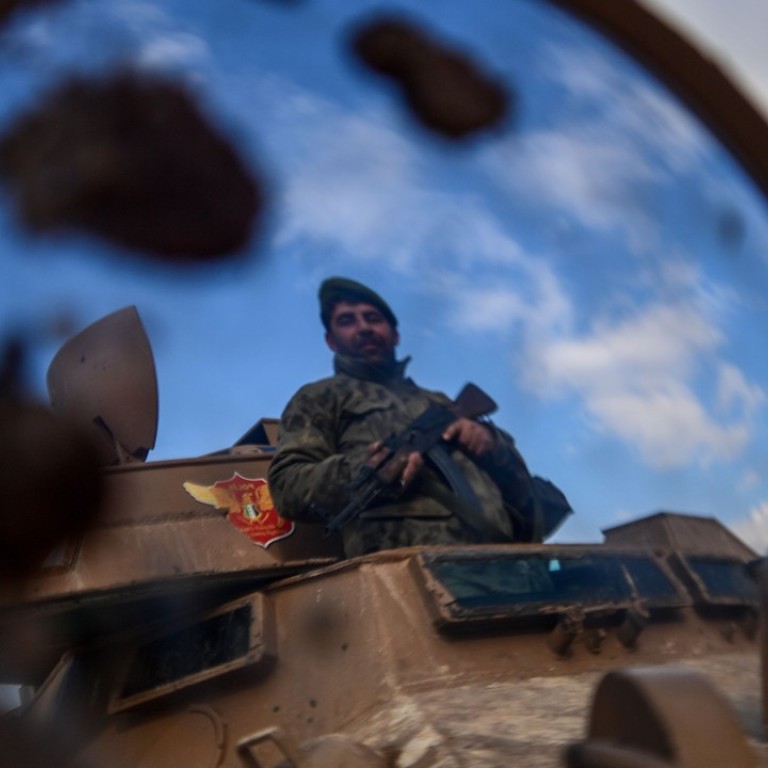
Analysis | New US strategy for Syria could be doomed as America’s allies fight each other, analysts say
Turkey’s assault against Kurdish militants in Syria has exposed the limitations of the Trump administration’s new Syria policy, calling into question the feasibility of Washington’s plans to maintain a military presence in the country without becoming embroiled in a wider conflict.
The Turkish offensive targeting Afrin, a Kurdish enclave just over Turkey’s border, was launched days after Secretary of State Rex Tillerson unveiled a strategy that committed the United States to an apparently open-ended troop presence in the Kurdish areas of northeastern Syria.
This strategy is supposedly aimed at preventing Islamic State militants from returning to areas recently taken from them, US officials say. But Tillerson articulated a number of other goals for the new policy, including rolling back Iranian influence, defeating al-Qaeda and securing a peaceful settlement of the Syrian conflict that excludes President Bashar al-Assad.
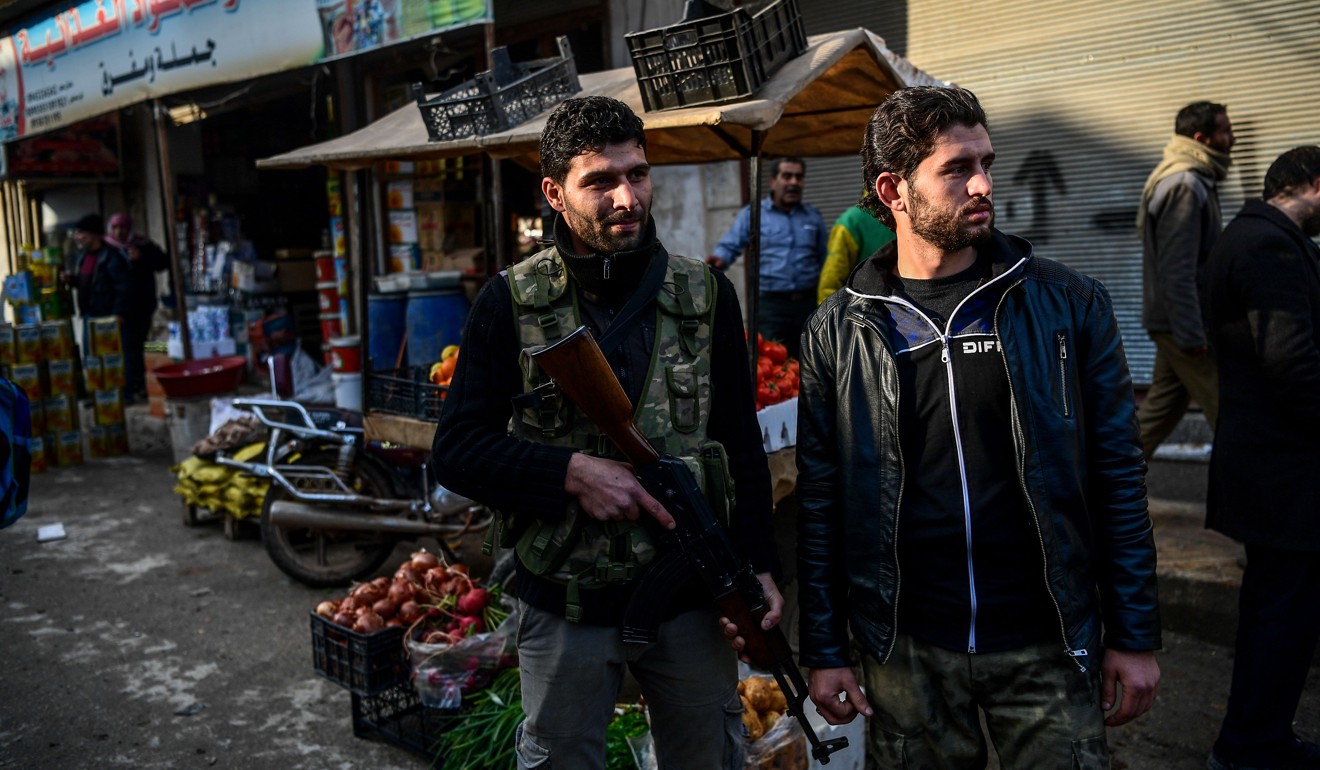
Washington’s focus on providing military support to Syrian Kurds battling Islamic State, however, has always been rife with contradictions, experts say.
“This highlights the fundamental difficulty of a US strategy that requires maintaining active alliances with two forces which are at war with each other,” said Noah Bonsey, a Syria analyst at the International Crisis Group. “There has never been an easy answer to that, and there isn’t going to be one.”
Turkey has been waging a decades-old war at home against Kurdish insurgents from the Kurdistan Workers’ Party, or PKK, which is allied to the US-backed group controlling territory along the Turkish border in northern Syria. The PKK is designated a terrorist group by Washington and Ankara.
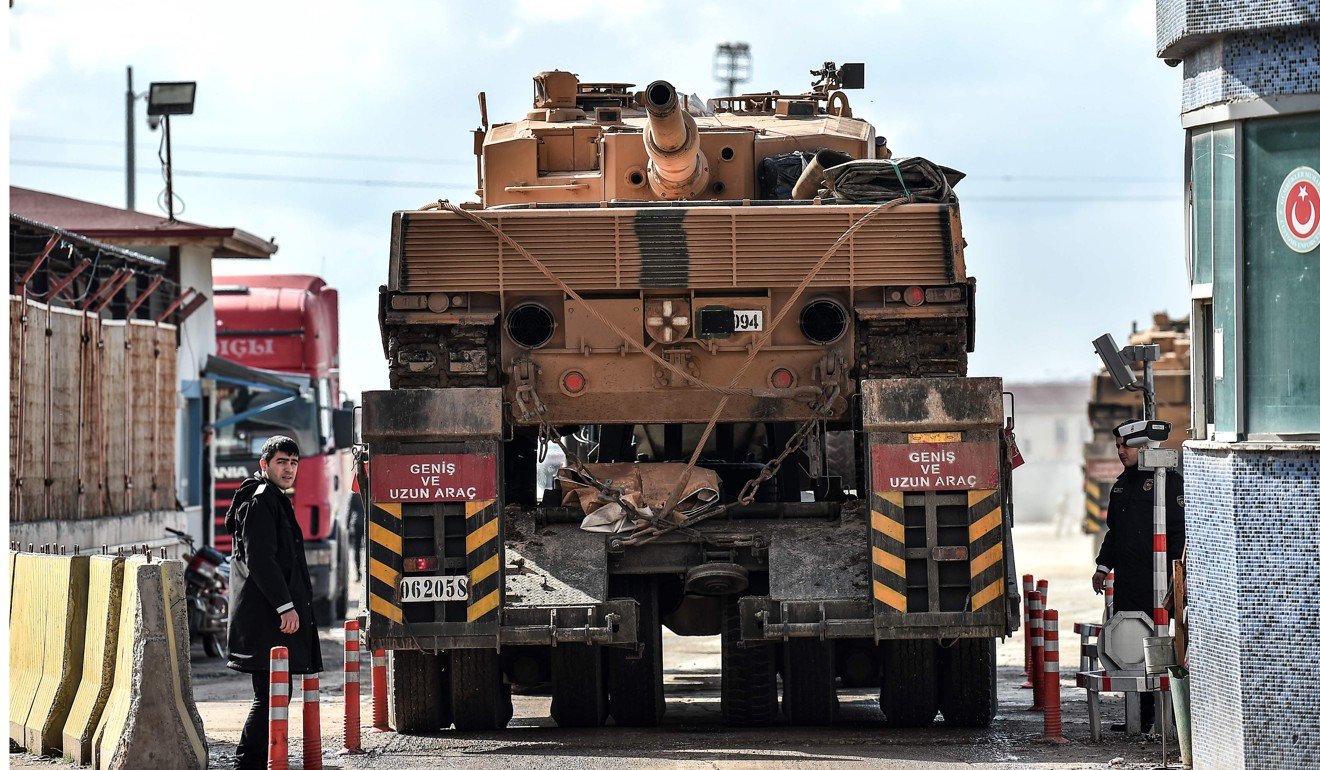
The US military has meanwhile made clear it will not help the Kurds in Afrin because it does not regard them as allies on par with the Kurds farther east who were trained and armed to fight IS. The Kurds in Afrin were not involved in fighting IS and have not received American help, US officials say.
But with Turkish President Recep Tayyip Erdogan threating to extend the Turkish offensive to areas farther east, where the US has troops, a larger conflict looms.
On Saturday he issued an ultimatum to US troops to withdraw from Manbij, which has been controlled by the US-backed, Kurdish-led alliance since it was captured from IS in 2016. Manbij in turn borders part of northern Syria controlled by other Syrian rebels backed by Turkey. US troops have been patrolling the area for nearly a year to keep their hostile allies apart.
A Turkish attack on Manbij would present the US with a dilemma, said Gonul Tol, director of the Centre for Turkish Studies at the Middle East Institute in Washington.
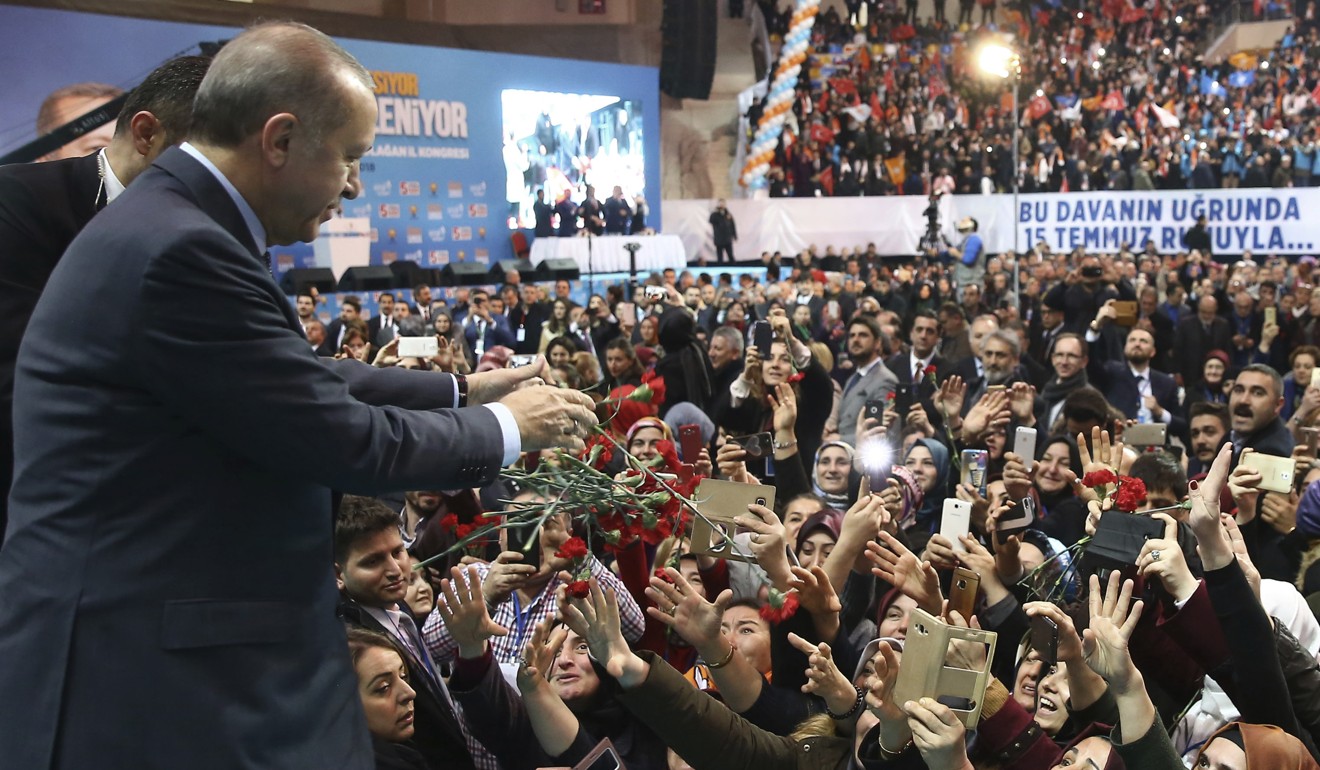
If the Trump administration intends to remain in northern Syria, “they need the Kurds”, she said. “On the other hand, Turkey is a Nato ally. They might be forced to pick a side.”
Meanwhile, other regional players in Syria are hardly more enthusiastic than Turkey about the prospect of a long-term US troop presence in Syria or the existence of the Kurdish autonomous zone the troops appear to be cementing. Russia has given the nod to the Turkish offensive, which is unfolding in an area demarcated as under Russia’s overall influence, US officials say.
“Turkey and Russia struck an agreement to allow the Turkish offensive to take place,” a senior US administration official told a briefing for journalists last week in Washington. The Russians essentially approved the operation, said the official, who spoke on the condition of anonymity.
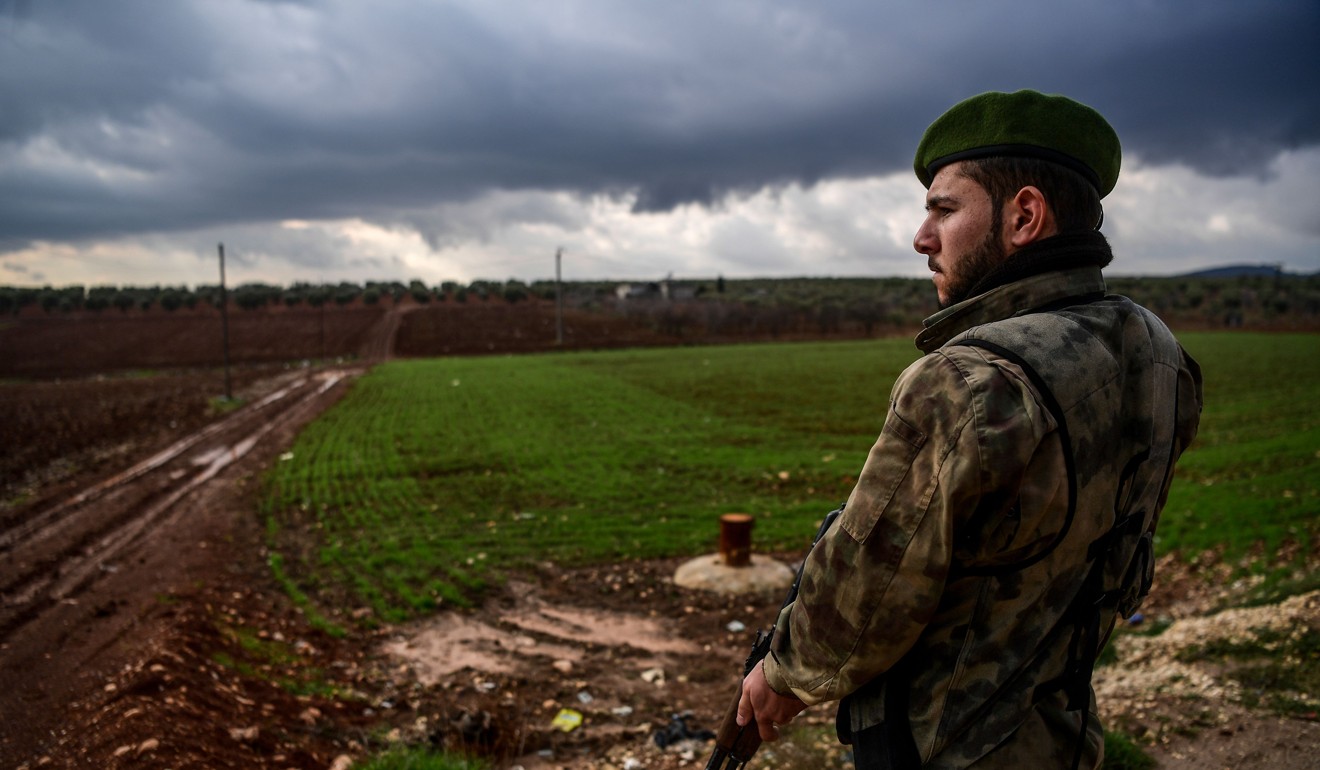
The bigger problem, said Faysal Itani, a resident senior fellow at the Atlantic Council, is the US presence in Syria is so small and the hostility to the US troops so widespread that it is hard to see how they can influence events. The US has 2,000 troops in an area the size of Indiana.
Syria and Iran also are unhappy about American plans to remain in Syria, and the Turkish offensive appears only to have brought Turkey, Russia, Iran and Syria closer together, analysts say.
“Keeping 2,000 troops on the desert margins of Syria in alliance with a group the entire region hates is not really leverage,” Itani said. “It does, however, get others to unite against us. The Turkish incursion into Afrin shows just how few friends we have in Syria.”
Turkey’s wrath was sparked by reports from northeastern Syria that the US was training a 30,000-member force to patrol the borders of the autonomous Kurdish enclave that has emerged from Syria’s seven-year-old war. US officials have since backtracked, saying the force was only to guard against infiltration by IS from Iraq and other parts of Syria.

